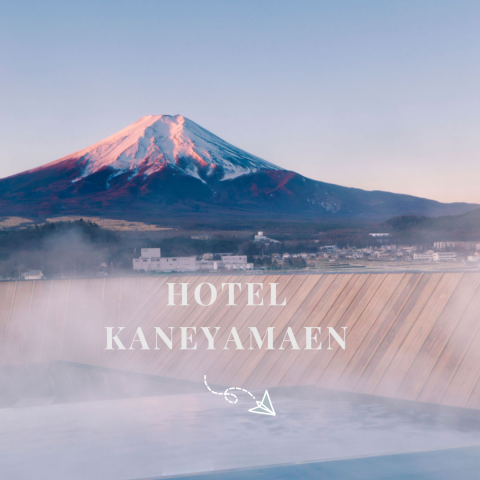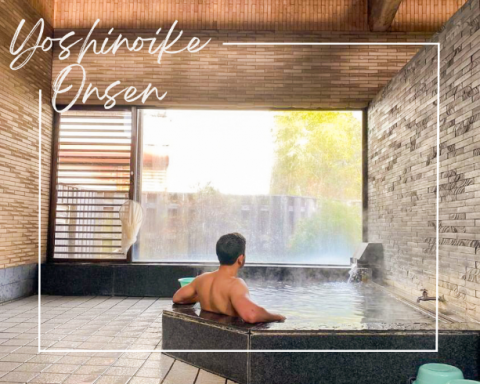Main content starts here.
The Kiyoharu Art Colony and the Shirakabaha Dream
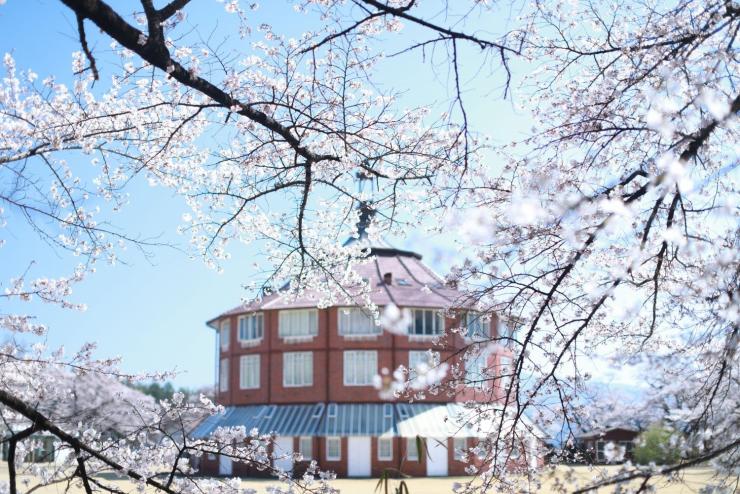
In the Nagasaka area of Hokuto, Yamanashi lies the Kiyoharu Art Colony. This is the former site of the old Kiyoharu Elementary School and is a cultural complex facility built by Mr. Chouzou Yoshii. Mr. Yoshii was a world-renowned art dealer who gathered and brought many works of famous French and European contemporary and modern artists into Japan, including the works of Georges Rouault, Pablo Picasso, Maurice Utrillo, Marc Chagall, Antoni Clave, and Bernard Cathelin. He was also active in introducing Japanese artists such as Ryuuzaburou Umehara and Kaii Higashiyama to Europe. Mr. Yoshii became a cultural bridge between Japan and Europe, and was even awarded the prestigious "National Order of France, Commandour" award in 2007.
And so, Mr. Yoshii thought of building an art colony as a place to encourage international exchange for artists. Dedicating much of his fortune to this project, he came to realize the dream museum of many of his many fellow Shirakabaha members.
A dream he couldn’t let go
Mr. Yoshii was born in Onomichi, Hiroshima. When he was a young child, he liked to draw pictures and dreamed of becoming an artist in the future. His goal was to attend the Tokyo Academy of Fine Arts (modern-day Tokyo University of the Arts), however, due to the disapproval of his father who was a businessman, he decided to enroll elsewhere. Intending to become a lawyer, Mr. Yoshii enrolled in the Law School of Chuo University. However, even after entering university, he was unable to abandon his dream of becoming an artist and so he began to sneak into classes at the Tokyo Academy of Fine Arts on a daily basis, and ended up spending an entire year learning to paint.
After graduating from Chuo University Law School, he began working at a first-class company, Mitsui Kozan, and soon became an elite businessman. However, two years later, he decided to quit. Unable to forget the overwhelming emotions he felt during his time at an exhibition as a student, he decided he wanted to work a job involving paintings and thus began working at the Yayoi Art Gallery in Tokyo. This was the start of his career as an art dealer.
An encounter with Shirakabaha
Shirakabaha (“White Birch Society”) is the name for the group of people who gathered to create the Shirakaba magazine around a century ago. In addition to novels and poems, it also introduced both Japanese and Western paintings which inspired many young artists of the time. This group of dedicated individuals also introduced Japan to the works of Cézanne, Vincent Van Gogh, Pierre-Auguste Renoir, and Rouault to Japan. Rodin was one of their favorites, and they even wrote to him a passionate 30-page letter to which impressed him so much that he ended up sending them a few of his pieces. These pieces inspired a dream within them to one day build an art museum to house these wonderful pieces.
Another amazing piece acquired by the Shirakaba Society was one of Van Gogh’s sunflowers. However, it was lost in the Tokyo Air Raids during WWII.
The Dream of Shirakaba Guided by the Cherry Blossoms of Kiyosato
After becoming independent from the Yayoi Art Gallery and starting his Yoshii Gallery in Ginza, Mr. Yoshii began to introduce many famous European Artists to Japan. Soon enough, he was even being called the number one art dealer in Japan. However, to Mr. Yoshii, there was still another dream he wished to realize. His dream was to create an art colony, where Japanese Artists could commune with each other. He also wanted to create a museum for Shirakabaha art. In modern days, the term “artist in residence” is well-known, however, many years ago, there was really no system and thus no place for foreign artists to work on their art while in Japan. Considering nature an important inspiration for artists, he settled on this Kiyoharu area of Yamanashi. In addition to beautiful views such as Mt. Fuji to the south, the Southern Alps and Mt. Kaikomagatake to the West, and Yatsugatake to the North, it’s also surrounded by beautiful cherry blossom trees.
Later, when Mr. Yoshii brought over a few trusted companions during the cherry blossom season to view the area before making his decision, Mr. Hideo Kobayashi was recorded saying “What wonderful cherry blossoms. There’s nothing more to consider. This should be the place.” With those few words, Mr. Yoshii made his decision.
An Art Colony that is a Treasure Trove of Famous Architecture
In 1980, the La Rouche building was built. Its design was a reproduction of a wine house created for the 1900 world fair, by the famous architect behind the Eiffel Tower, Gustav Eiffel.
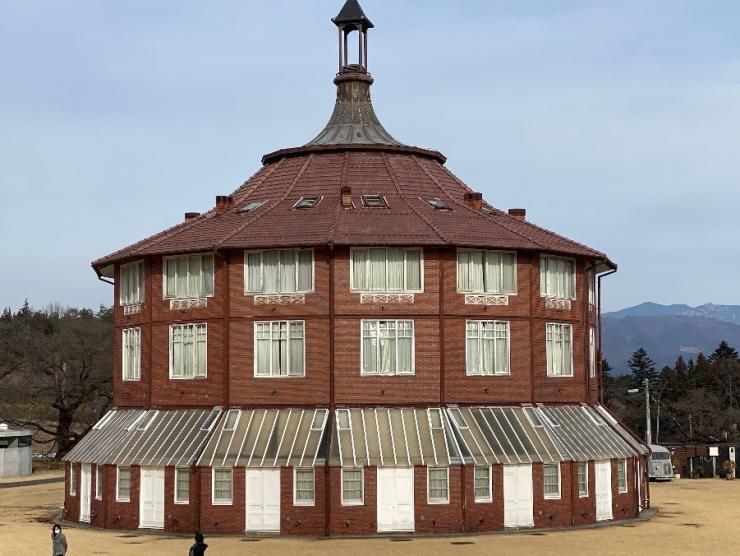
▲Kiyoharu Art Colony, La Rouche
Following the completion of La Rouche, Mr. Yoshii began moving towards his long-awaited dream of making a Shirakabaha museum. 65 years after coming up with the idea, the Kiyoharu Shirakaba Museum was finally established in 1983. The genius behind the design was Yoshio Taniguchi, who designed the Museum of Modern Art (MoMA) in New York.
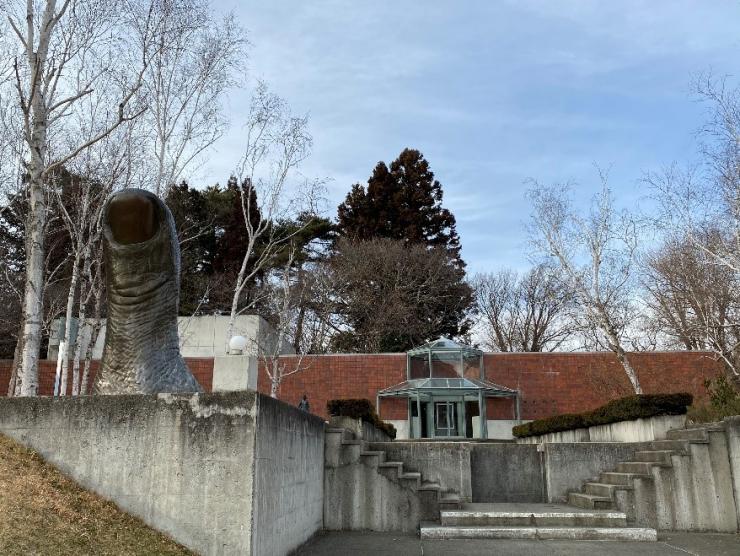
▲Kiyoharu Shirakaba Museum
Currently, at the Kiyoharu Shirakaba Museum, you can view permanent exhibitions of pottery Buddhist art, self-portraits, and other collections from Naoya Shiga.
Naoya Shiga is also famous for helping introduce and spread Western paintings throughout Japan.
After visiting his collection, you can view a lithograph of Van Gogh, as well as a replica of one of his sunflower paintings, as the original was lost during the American air raids during WWII.
At the "Rouault Chapel," designed by Yoshio Taniguchi, you can see the stained-glass design titled "bouquet" by Georges Rouault, and the crucifixion of Christ also painted by Georges Rouault. These were donated by the Rouault Foundation as a way to support Mr. Yoshii's artists and show their gratitude for spreading modern European art to Japan.
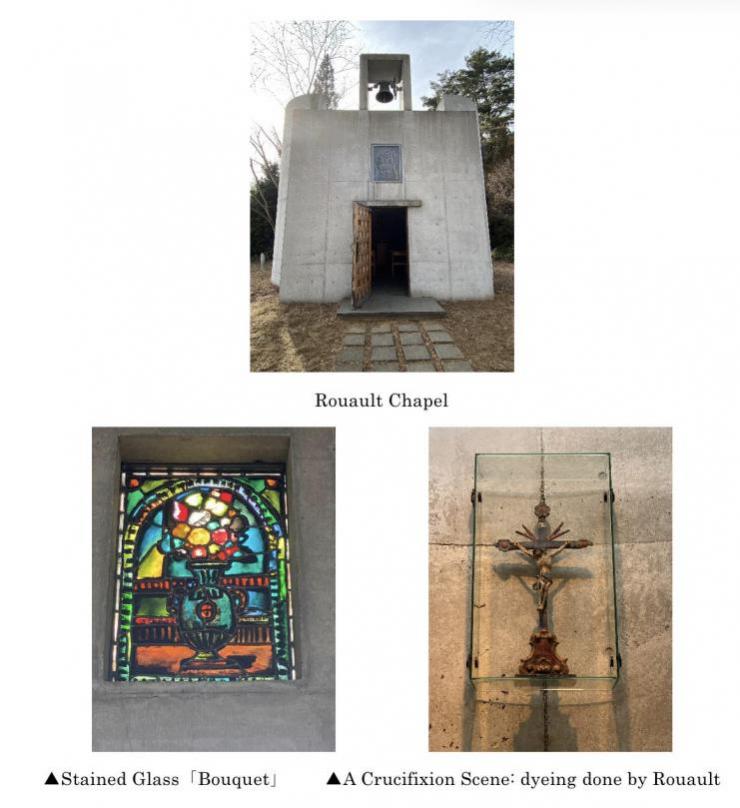
The Museum of Light was designed by Tadao Ando. As the building contains no artificial light sources, all works can be viewed under natural light only. And because of this unique feature, each piece changes slightly depending on the time of day and time of year.
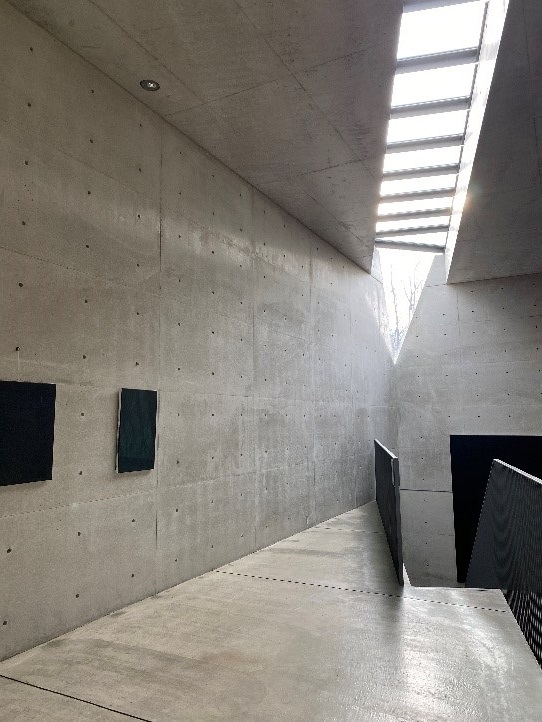
▲Museum of Light
Last, there is a tearoom named “Testu,” built by Terunobu Fujimori. Although it looks like a treehouse, there is a tearoom inside. Although it is not open to the public, those with supporter memberships are allowed to enter twice a year.

▲Tea Room “Tetsu”
Next to the Kiyoharu Art Colony, there is a restaurant called “Stove,” which is a relocated house of literary artist Isamu Kobayashi from Kamakura and an interior designed by Hiroshi Sugimoto and Tomoyuki Sakakida. It is a unique and creative French cuisine restaurant based on organic ingredients. It was even featured in the world-famous French gourmet magazine "Gault & Millau" 2021.

Kiyosato Art Colony is home to the works of many famous Japanese and French, and is particular about not only works of art on display but also the buildings that house them. It is a great place to enjoy both art and architecture.
Why don't you come and visit this cherry blossom season?
More Info
Kiyoharu Art Colony website:
https://www.kiyoharu-art.com/
Address: 2072 Chumaru, Nagasaka-cho, Hokuto-shi, Yamanashi-ken 408-0036
TEL: 0551-32-4865
Hours: Kiyoharu Art Museum・Shirakaba Art Museum: 10:00~17:00(16:30 Last Entry)
Museum of Light: 10:00-17:00
Closed: Mondays (or following day if Monday is a national holiday), New Year Holidays
Admission:
Adults: 1500¥(1400¥)
University / High School Students: 1000¥(900¥)
Middle / Elementary School Students: FREE
Restaurant Stove
Address: 4551 Chumaru, Nagasaka-cho, Hokuto-shi, Yamanashi-ken 408-0036
TEL: 0551-45-7703
Hours: Lunch 12:00~15:00(L.O. 14:30)
Dinner: 18:00-21:30(L.O. 20:30)
Sat, Sun Holiday only Dinner: 15:00~17:30
Closed: Monday・Tuesday(Reservations Required)
Published on
- April 14, 2022
Share
-
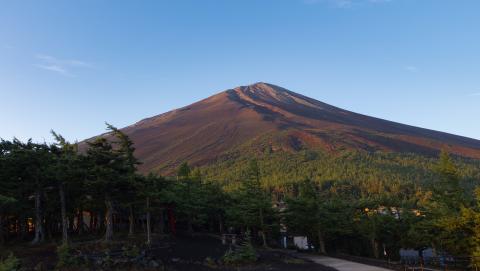
Fuji Subaru Line 5th Station & Mt. Fuji Travel Guide
March 3, 2025
Home of Mt. Fuji > Staff Journal > Kiyoharu Art Colony
